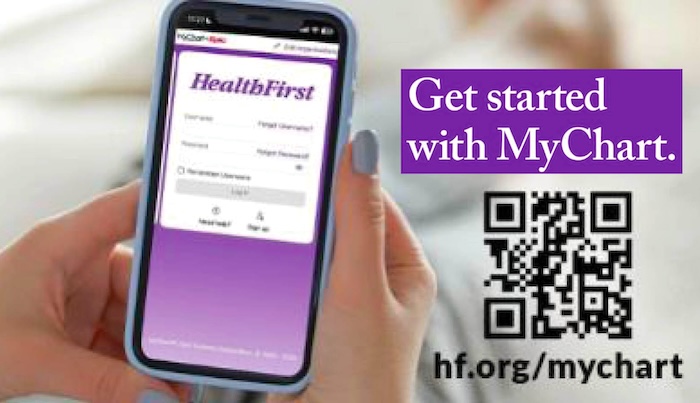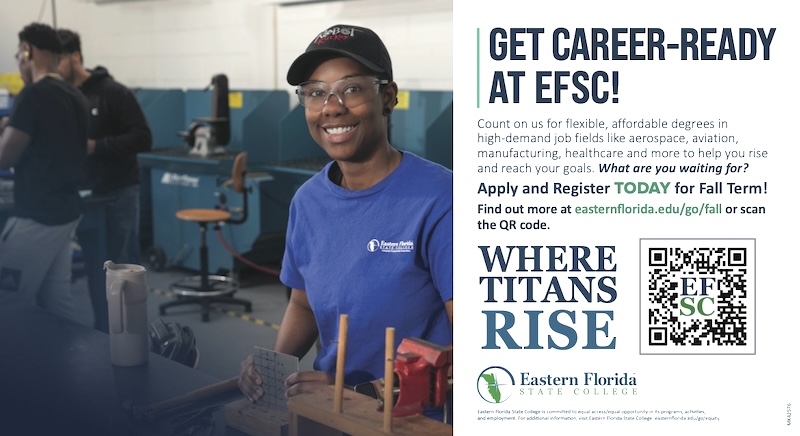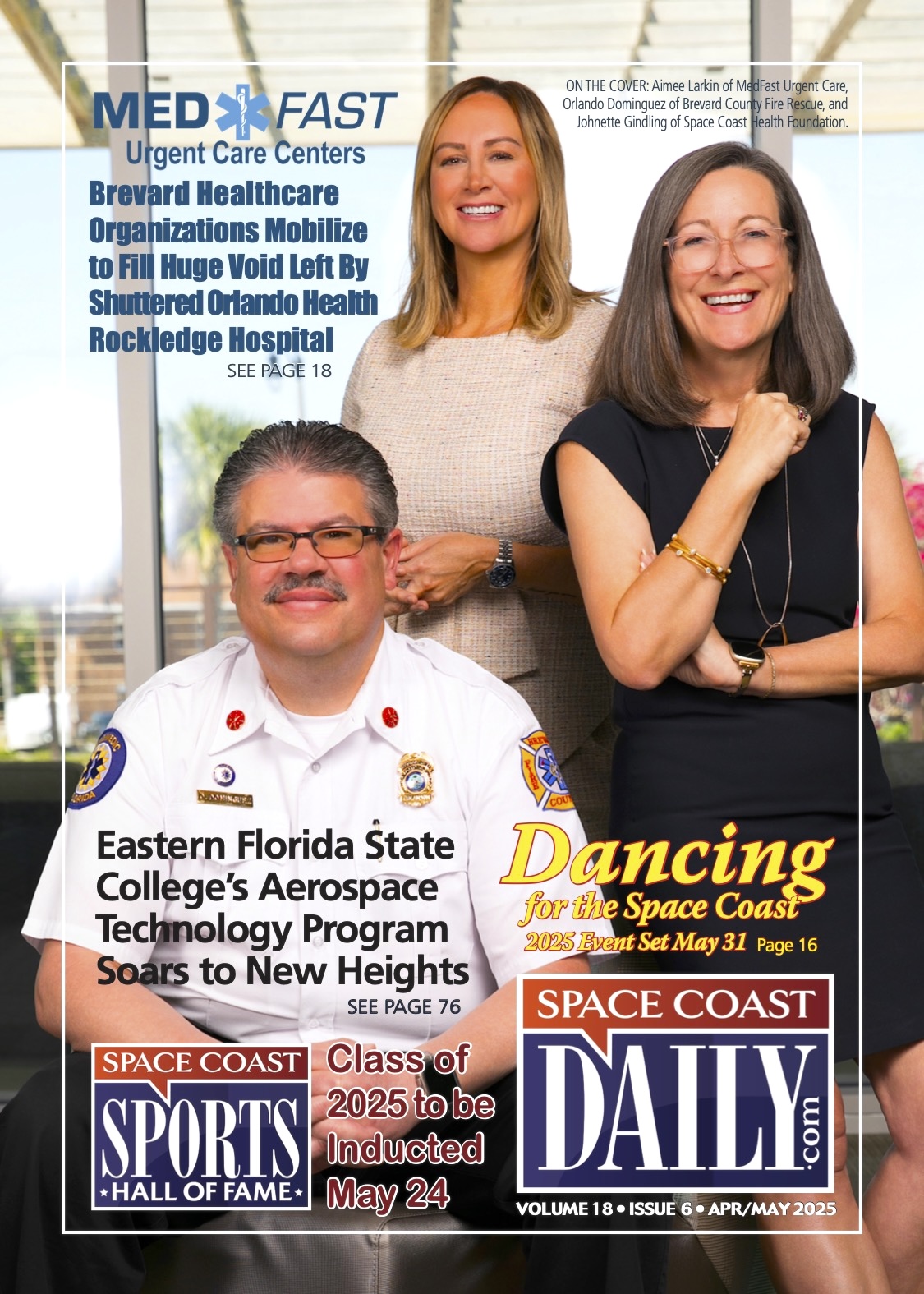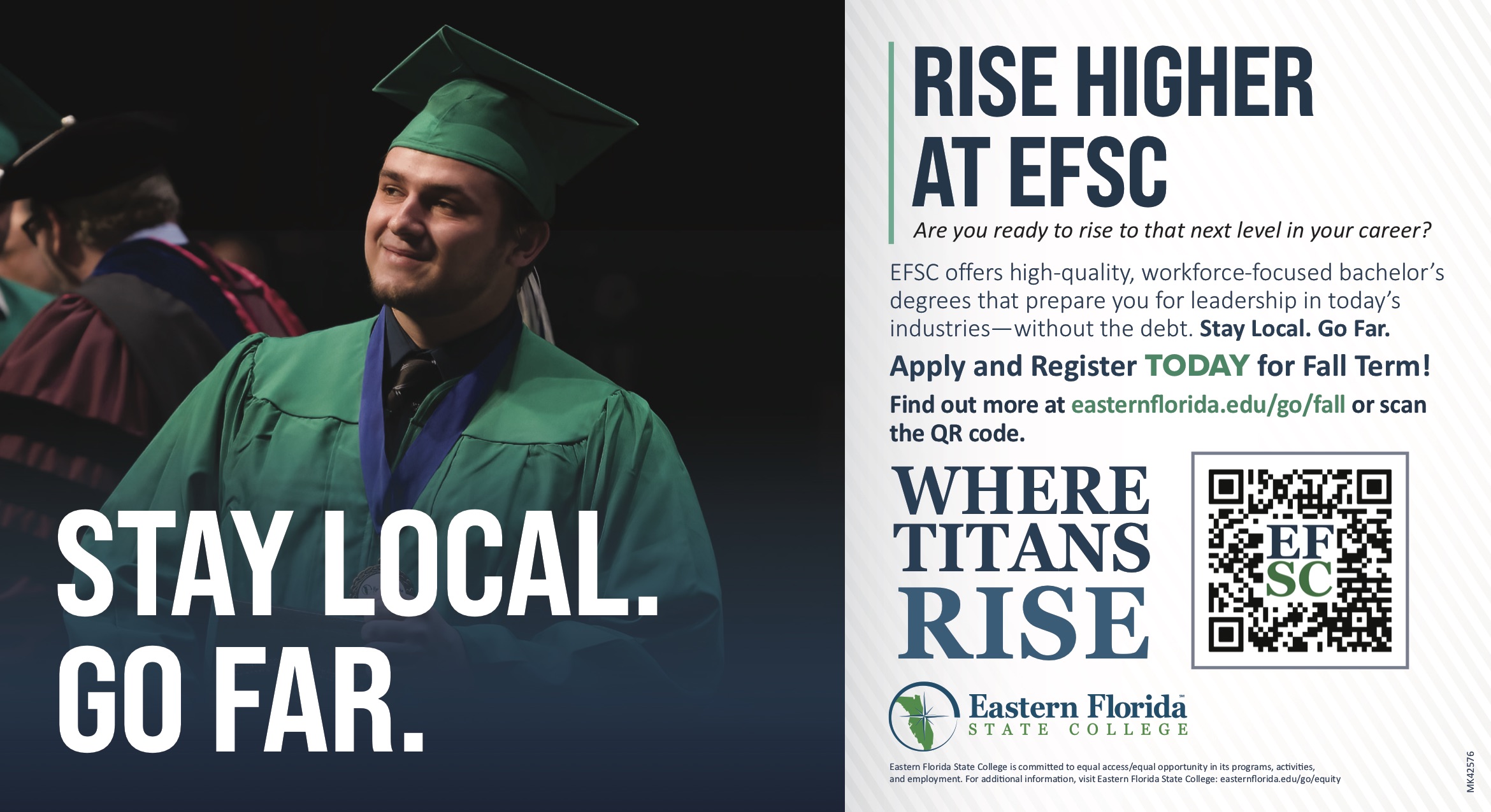Pickleball Injuries Spike, Health First Orthopedic APRN Says New Players Need to Prepare, Use Caution
By Space Coast Daily // June 10, 2025
APRN Evan Cataldo treating a growing number of patients 45-70 for pickleball-related injuries

Health First orthopedic APRN warns that middle-aged players are jumping into the game too fast — and landing in recovery
BREVARD COUNTY, FLORIDA ─ It’s fast, fun and exploding in popularity — but according to a Health First orthopedic specialist, pickleball is also serving up a surprising number of injuries in middle-aged and older adults.
Evan Cataldo, an Advanced Practice Registered Nurse (APRN) specializing in orthopedics with Health First, says he’s treating a growing number of patients for pickleball-related injuries, especially among adults between the ages of 45 and 70.
“Most of what I’m seeing are lower extremity injuries from falls — Achilles tendinitis and ankle injuries,” Cataldo said. “I’m also seeing wrist fractures from people trying to catch themselves as they fall, as well as flare-ups in those who already have knee osteoarthritis. The impact and quick movements can exacerbate existing joint issues.”
While many assume pickleball injuries mostly affect the retirement crowd, Cataldo said the trend is younger than expected.
“The bulk of these injuries are happening in people who are in their mid-40s to mid-60s,” he said. “Some are older, sure — but a lot of folks in this age range are picking up the sport because it’s social, accessible and feels less intimidating than, say, tennis or basketball.”
The problem, Cataldo said, lies in how people are returning — or in some cases, starting — their athletic lives.
“We’re seeing two general groups: people who’ve been active most of their lives and are just switching sports — they typically do better. Then there are those who haven’t been active in years but used to play sports and try to jump back in at full speed. That’s where we see trouble. Tendons tighten, ligaments shorten, and if you’re not warming up properly, you’re going to be more likely to get hurt.”

Cataldo emphasized that the injuries aren’t just minor strains. Some are acute, sudden injuries — such as fractures from falling — while others stem from overuse.
“Even those just dealing with soreness or inflammation, if they ignore it, can lead to longer-term problems. Things like tendinitis, sprains and strains can take weeks to heal,” he said.
According to Cataldo, recovery time can range from a couple of weeks to three months, depending on the severity of the injury.
“For minor strains or sprains, you’re looking at two to four weeks of recovery. But if you’ve fractured something or need rehab, it can easily stretch to 8 to 12 weeks,” he said. “That’s a long time to be off your feet — especially if staying active was the goal in the first place.”
Are certain people at higher risk? The short answer is yes. While arthritis is a common thread, Cataldo also pointed to other factors such as overall fitness level and weight.
“Obesity increases the risk for injury, especially when you’re doing lateral movements, leaning for the ball, stopping, and twisting,” he said. “More weight puts more pressure on joints and tendons, and if you haven’t been active for a while, that risk goes up even more.”
So, what should people do before hitting the court?
“Start slow,” Cataldo emphasized. “Don’t jump into a game right away. Try volleying first, gently hitting the ball back and forth without running all over the court. It helps your body adapt to the movement.”
He recommends treating pickleball like any other sport — easing into it and giving your body time to adjust. Think of it like going to a driving range before playing a full round of golf or learning to dribble before playing a competitive game of basketball.
“That’s where a lot of people go wrong,” he said. “They grab a paddle, find a league and they’re diving into games with people who’ve been playing for years. That’s a recipe for injury.”
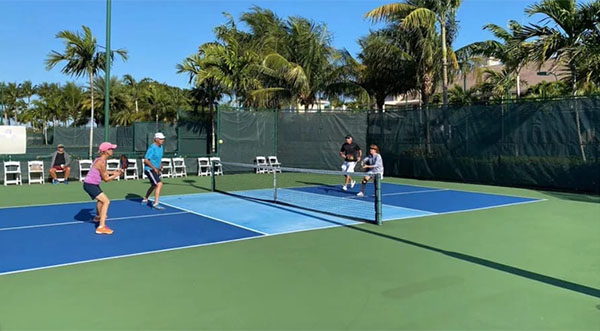
Daily stretching is also a key prevention strategy — even on non-playing days. Staying limber and maintaining muscle strength in the knees and ankles can help prevent falls and joint instability, Cataldo said.
Despite the uptick in injuries, Cataldo is quick to point out the health benefits of pickleball — and why it’s still worth picking up a paddle.
“The cardiovascular benefits are obvious — it gets your heart rate up, gets you moving, and helps improve your overall conditioning,” he said. “Plus, the more you play, the stronger and more stable your knees and ankles get, which can help reduce your fall risk long-term.”
Other benefits include improved balance, joint flexibility, and even increased dexterity in the upper body.
“If you stick with it and play smart, your body will adjust. Your shoulder range improves, your knee stability improves.”
Finally, Cataldo encourages players to know the difference between soreness and something more serious.
“If it’s dull and goes away in a day or two, that’s normal,” he said. “But if it’s sharp pain, or you’re hearing popping or clicking — especially in the joints — it’s time to take a break and maybe get evaluated.”
He joked that while the term “pickleball elbow” isn’t official, it’s basically the same as the well-known “tennis elbow” — a form of tendinitis caused by repetitive motion.
“No matter what you call it, if it hurts, you shouldn’t push through it,” he said.
Pickleball isn’t just a fad — it’s here to stay. But as its popularity grows, so does the need for awareness around injury prevention. Cataldo’s best advice: “Listen to your body. Stretch and start slow.”





